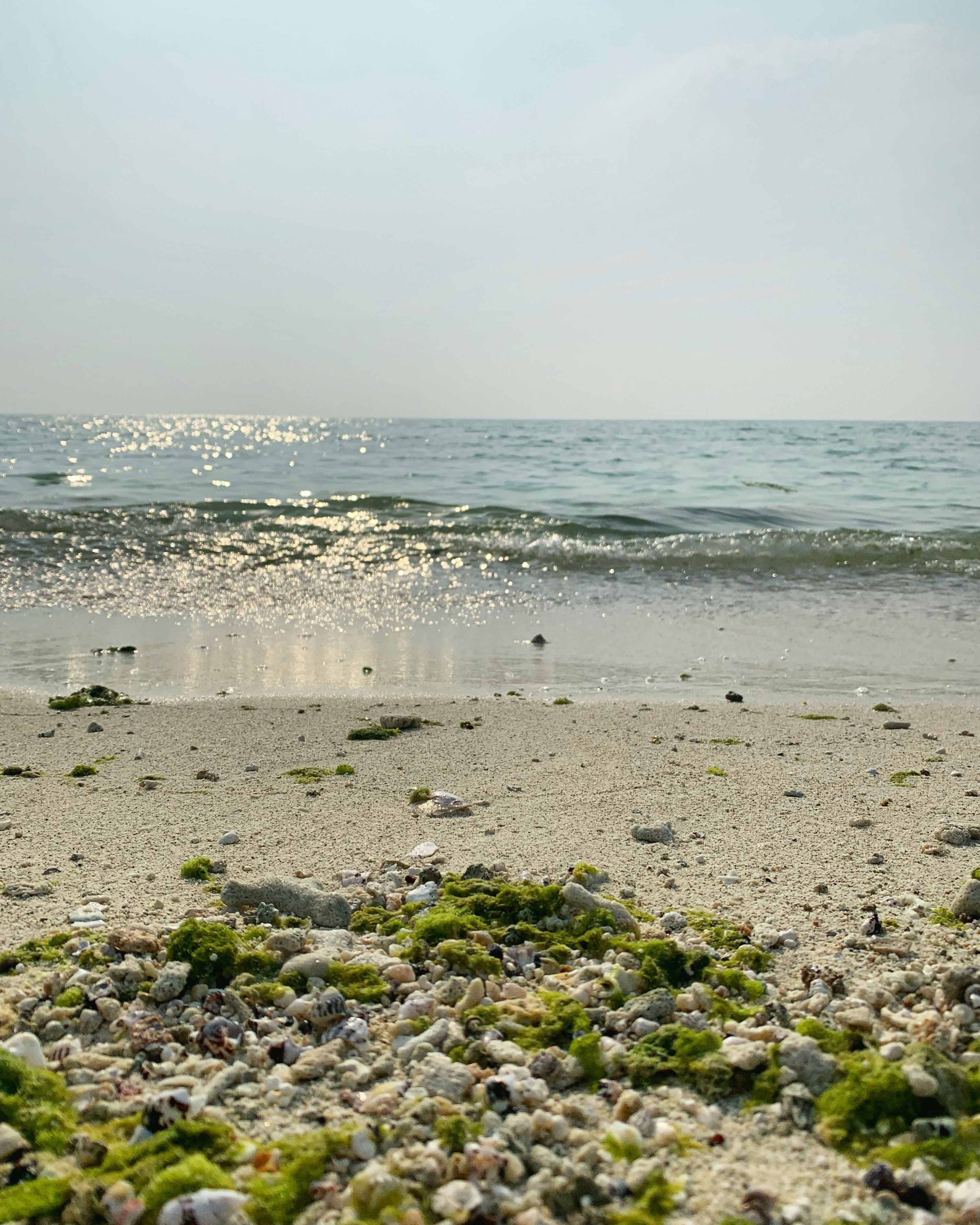RDP Payments surpass 7.6 billion dollars by the month of May
Goes Like This:
From last week's numbers, the recipients of additional funds totaled 100 million euros more. That's 34% of the agreed-upon and contracted value, and 36% of the approved amount.
The biggest chunks went to businesses (2.701 million euros), public entities (1.642 million euros), and local authorities and metropolitan areas (943 million euros). Following closely are public companies (806 million euros), schools (580 million euros), higher education institutions (291 million euros), families (240 million euros), social and solidarity economy institutions (227 million euros), and scientific and technological system institutions (196 million euros).
Approval figures stood at 21.274 million euros, slightly up from the previous week's 21.235 million euros. This represents 96% of the allocated and contracted amount. Top approvers were companies (6.023 million euros), public entities (4.958 million euros), and local authorities and metropolitan areas (4.148 million euros). Public companies (2.892 million euros) and schools (1.026 million euros) completed the top 5. Not far behind were higher education institutions (811 million euros), social and solidarity economy institutions (590 million euros), scientific and technological system institutions (548 million euros), and families (278 million euros).
By Wednesday, the RRF had received 369,861 applications, with 301,492 evaluated. Approved applications amounted to 233,305, up from the reported 233,261 the previous week.
The RRF, expected to run until 2026, aims to enact a series of reforms and investments to bolster economic recovery. The plan also aims to address damages caused by COVID-19, support investments, and create jobs.
By the way, if you're curious, here's a little insight... RRF typically distributes funds across various recipient categories, including EU Member States, sectors within countries, sub-national and regional beneficiaries, special instruments, and flexibility reserves. Payments are usually handed out in pre-financing, milestone-based tranches, and final payments after completion verification.
Additionally, ongoing discussions within the EU budget framework suggest increased crisis response capacity and dedicated funds for specific needs like humanitarian aid and disaster solidarity.
For the most accurate and up-to-date figures by recipient category and amount, checking the latest RRF progress reports or the official RRF country pages is recommended.
Fun fact, did you know the US State and Local Fiscal Recovery Funds have a similar structure for distributing funds to various governmental levels? Looks like COVID-19 recovery plans are trending!
Also Read: RRF: 7.525 million euros disbursed by the end of April
What about the distribution of finance for business in the RRF? Nearly 806 million euros was approved for public companies, which might include some business entities.





